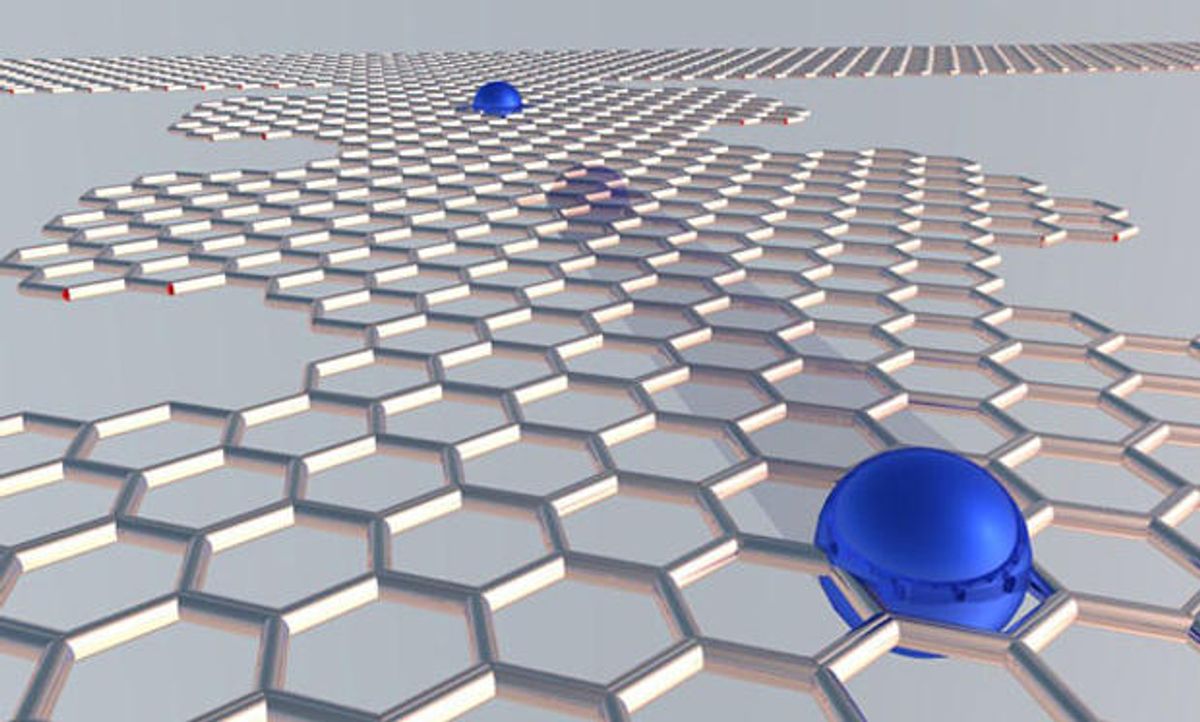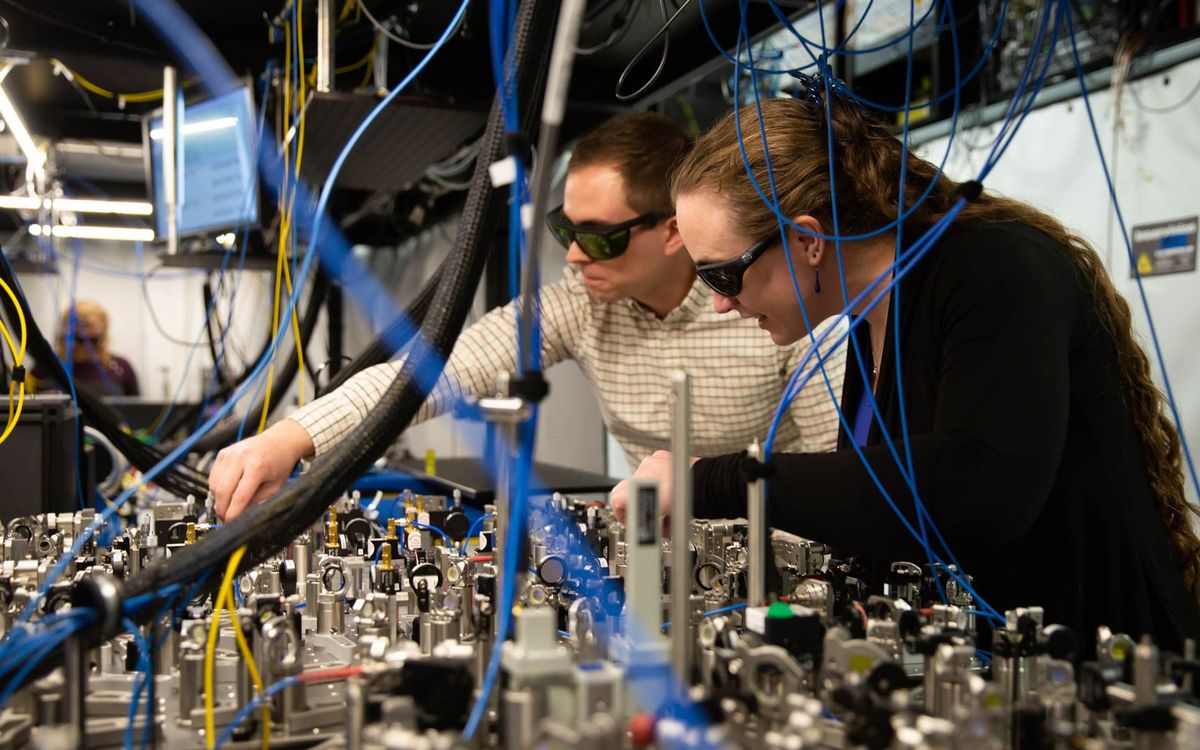I dream a dream of perfect calibration: A single chip embodying the “metrological triangle”—with built-in, reproducible, quantum standards for the volt, ohm, and ampere, completely defined by just two universal constants, Planck’s and the electron charge.
We’re two-thirds of the way there: Thanks to quantum Hall resistance and Josephson voltage measurements, the ohm and volt can be practicably defined within 10 parts per billion. Both, however, depend on empirical measures of current, typically via watt-balance measurements that are accurate to only 100 ppb. (Watt balances, in their turn, depend on the definition of the kilogram, which is still evolving, related initiatives like a Compton-wave definitions of mass.)
That leaves the amp, waiting for a way to produce exquisitely accurate currents.
Single-electron pumps (SEPs—not related to the “Someone Else’s Problem” invisibility field invented by Douglas Adams) produce extremely precise currents, sending electrons leaping one at a time from quantum dot to quantum dot across a series of potential barriers. It’s something like a line of backpackers—each bearing just one electron charge—picking their way across a stream single file by hopping from stepping-stone to stepping-stone.
Researchers use oscillating voltages to drive the current, but there are built-in challenges. Lower frequency pumps—metallic fixed-tunnel barrier systems and normal/superconducting hybrid turnstiles—work in the megahertz range. These can move only a few million electrons per second through the pump, and produce picoampere (pA) currents that are difficult to detect. Semiconductor-based tunable barrier pumps operate at gigahertz frequencies, producing a thousand times as much current—but electrons need some finite time to step from stepping stone to stepping stone. Like the backpackers trying to cross the stream too fast, the jostle and bump and some fall into the stream, disrupting the regular flow of current.
Researchers at Britain’s National Physical Laboratory have tackled the problem with a graphene-based, nanoscale device (described in Nature Nanotechnology) that produces very precise current flows from about 20 MHz to 400 MHz.
The accuracy of NPL’s graphene SEP does fall off a bit a higher frequencies—victim of the same collision of shortening driver cycles and electron transfer times that affects other gigahertz approaches. But, say the researchers, the effects are smaller and the measured accuracy is much higher at a given frequency—about an order of magnitude better than metallic pumps can manage. As a result, the researchers predict an error rate in the range of 10 ppb at 90 MHz—on par with the accuracies achievable for resistance and potential standards. Ten pumps operating in parallel would deliver 100 pA “with metrological accuracy.”
Thus, say Connolly et al., “a realization of the quantum metrological triangle in a single graphene device is also now within sight.”
Image: Malcolm Connolly, NPL/Cambridge
Douglas McCormick is a freelance science writer and recovering entrepreneur. He has been chief editor of Nature Biotechnology, Pharmaceutical Technology, and Biotechniques.




